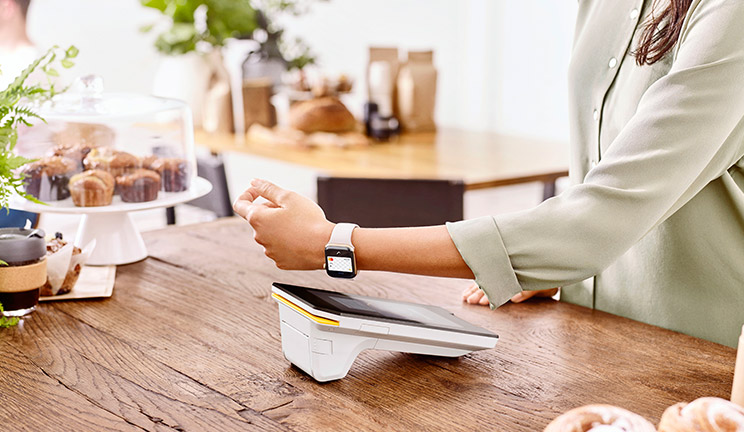Help & support
Moving countries and moving banks is always a big step. And while the Australian banking system is one of the safest and most stable around, there may be a few differences from your country's banking system.
To help make things a little easier, here is a quick summary of how banking works in Australia.
Different branches have different opening hours, but most CommBank branches are open 9:30am-4pm Monday to Friday, with a select few open from 9:30am - 1pm Monday to Friday. Some branches offer weekend trading hours.
Find specific branch opening times.
With the CommBank app, NetBank and ATMs, you have access to your money 24 hours a day, 7 days a week.
It usually takes 2–5 business days to process an International Money Transfer, but may take
longer depending on the country you are sending money from and who you bank with. Transfers made on a weekend, a public/bank holiday or after the currency cut-off time will be processed the following business day.
EFTPOS terminals enable you to pay for goods or services using a credit or debit card – they are widely available throughout Australia wherever you’re likely to spend money e.g. supermarkets or petrol stations.
When you pay at an EFTPOS terminal, just like with an ATM, you’ll be asked what account you want to use – cheque, savings or credit. In some cases you may be able to pay from different accounts using the same card depending on the button you select.
For CommBank Debit Mastercards you can choose either ‘Savings’ or ‘Credit’.
Many EFTPOS terminals include contactless technology that enables you to pay by tapping your CommBank card or compatible mobile phone.

Like many other countries, Australia is not immune to people carrying out fraudulent activity including online and telephone scams. The Australian Government has a useful website that has information to help you stay safe from this type of activity.
Australia has a number of laws to help protect consumers. In addition, most banks have signed up to the banking code of practice that gives you additional protections.

You can open an account online up to 14 days before you arrive in Australia.
You can also open an account online after you arrive or by visiting any CommBank branch.
Whichever option you choose, you’ll need to bring some documents to the branch when you first visit, to formally prove your identity before you start using your account. We recommend you bring along original copies of your:
If any of your documents are in a foreign language you’ll need to get them translated into English by a professional translator accredited by the National Accreditation Authority for Translators and Interpreters (NAATI), or an equivalent accreditation.
The target market for this product will be found within the product’s Target Market Determination, available here.
The advice on this website has been prepared without considering your objectives, financial situation or needs. Because of that, you should, before acting on the advice, consider its appropriateness to your circumstances. Please view our Financial Services Guide (PDF 68KB). Full terms and conditions for the transaction and savings accounts (PDF 660KB) mentioned and Electronic Banking are available here or from any branch of the Commonwealth Bank.